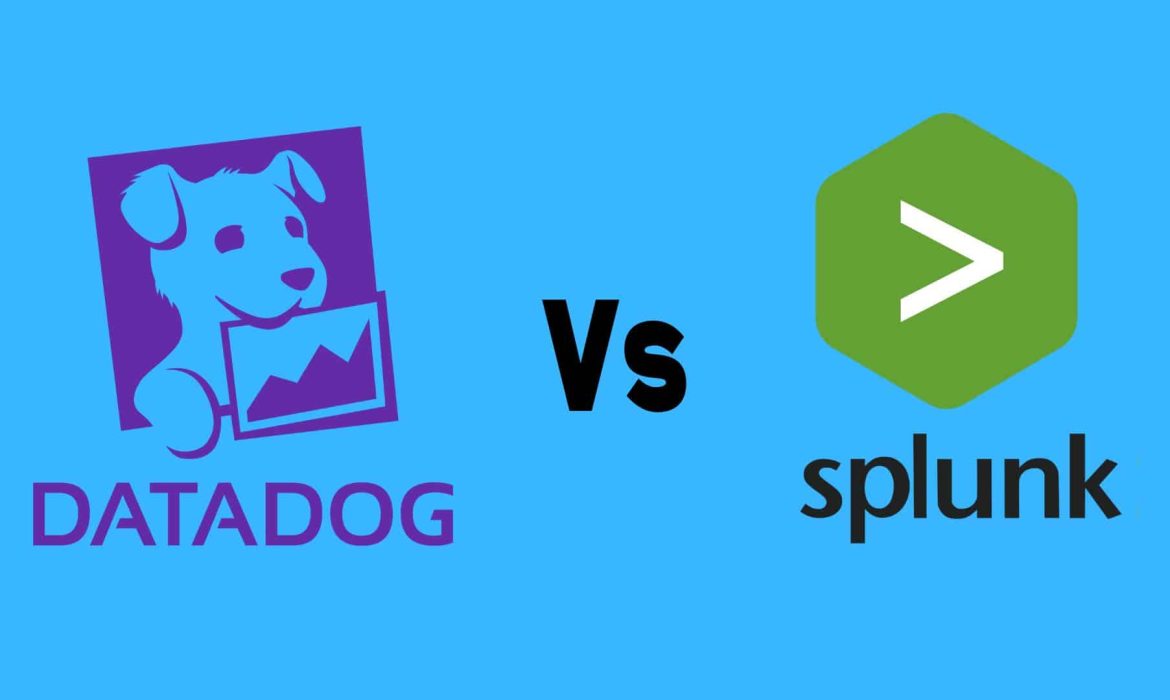
Datadog and Splunk are two direct competitors in the infrastructure monitoring space. Datadog is a better-established platform with more reviews, and Splunk is reportedly more reliable in support and services. This post will help you choose between the two.
Running a digital business requires the simultaneous functioning of a lot of components both software and hardware. You may be using a bunch of third-party SaaS tools to run your application, you could be on a hybrid infrastructure that requires supervision of cloud-based and on-premise assets. You may have security needs for both internal and internet-facing assets.
Overall, you need a platform that lets you observe all the cogs in your machine on demand. This is where infrastructure monitoring comes in. The tools in question are both infrastructure monitoring and analytics tools. We’ll do a feature-by-feature comparison of Datadog and Splunk to help you understand which tool aligns better with your specific business needs.
Introduction to Datadog
Datadog is a monitoring tool for cloud-based applications. It makes your applications, infrastructure, and third-party tools observable through end-to-end traces, metrics, and logs. It comes with a user-friendly visualization platform where you can monitor different components of your cloud infrastructure and assets therein. Datadog was founded in 2010. As of Q1, 2021, Datadog had 15,200 customers.
Key features include
- digital transformation
- cloud migration
- collaboration among development, operations, security, and business teams
- scalable application deployment
- applications and infrastructure security
- understanding user behavior
- KPI tracking
Introduction Splunk
Splunk is a unified security and observability platform. It focuses on the thorough identification of risks and quick resolution of issues to minimize the impact of outages. Splunk helps you build secure and seamless data access along with automation and analytics. It brings modular solutions including enterprise-wide data visualization. Splunk was founded in 2003 and currently has nearly 33,000 customers.
Key features include
- App customization
- Integrated observability and security
- Collaboration across workspaces
- Source agnostic data ingestion, processing, and analytics
- Query and reporting tools
- AI/ML-powered business intelligence
Datadog vs. Splunk in Infrastructure Monitoring
Splunk is an older company and it has helped thousands of companies in their digital transformation journey but its establishment in the infrastructure monitoring space is still shallow. Datadog, on the other hand, is a company dedicated to infrastructure monitoring and hence offers more features and better modular control to the customers. In the following sections, we’ll see how these two compare head-to-head.
Also Read – Fintech vs Financial Services: Who’s Ruling The Market?
Which tool integrates better, Datadog or Splunk?
Your infrastructure monitoring tool pools in data generated by the various software appliances connected to your infrastructure. That means these platforms must integrate with the appliances in order to provide you with real-time data about different components of your cloud, on-premise, or hybrid infrastructure.
With more than 500 built-in integrations, Datadog has a decisive lead over Splunk which has 250 out-of-the-box integrations. A higher number of integrations means that the platform is compatible with more plugins and therefore can include more components in its analyses.
Which one among Datadog and Splunk has a better dashboard?
A dashboard in this context is the digital observatory from where you can tap into different traces and metrics, compare them, and visualize the data analysis. Both Datadog and Splunk are equipped with nicely designed dashboards.
Datadog comes with a no-code dashboard on which you can visualize on-demand metrics without the knowledge of any query languages or programming skills. It is a great platform for business use. But should you want it, there is ample scope for customization – you can use drag-and-drop widgets to build a dashboard that works best for you.
Splunk has an equally potent dashboard setup. It comes with templates for you to monitor your entire tech stack from one place. You can set up auto discoveries, and alert systems, from the dashboard.
Metrics tracking with Datadog vs. Splunk
Both Datadog and Splunk have massive capabilities for metrics tracking. Both tools offer tracking capabilities that go beyond the IT components and meddle with business-level metrics like revenue and customer satisfaction.
The metrics tracking functions across deployment environments and application versions. The KPIs that you want to track can be programmed by the IT administrators and you can easily modify them after starting to use the trackers.
Both tools have automated alert systems in case you want to be notified about certain changes or anomalies in the systems.
Support and Service
Splunk has a better service record than Datadog. It is one area where Splunk has a clear advantage. There have been quite a few issues regarding the customer service of Datadog. While the users are quite satisfied with the bundle of features offered by Datadog, they’re concerned about the support and serviceability.
Splunk on the other hand has a very impressive record in customer satisfaction. They are reliable and the support team is known to have gone to great distances to solve issues raised by users.



